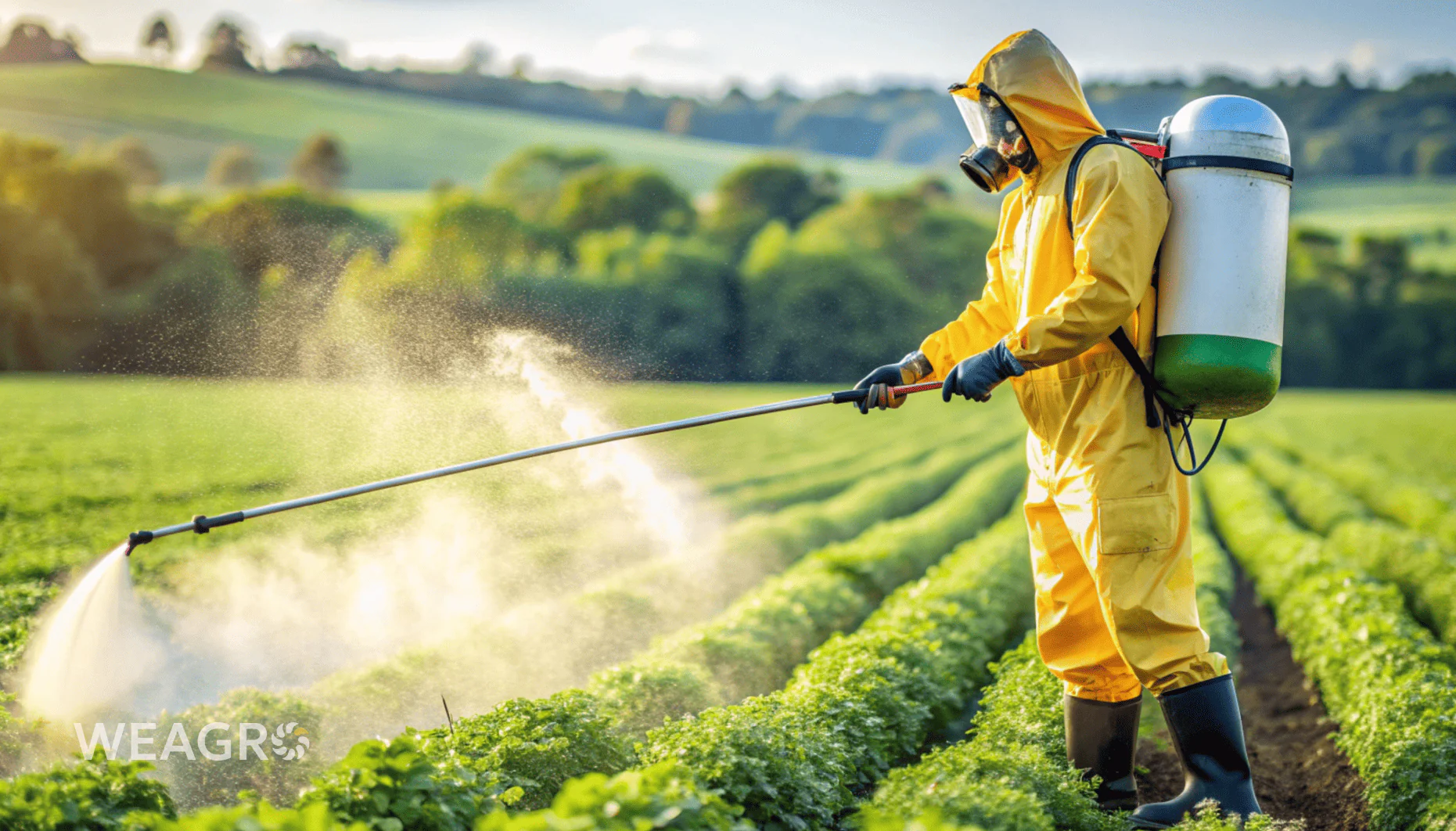Winter Crops as a Farmer’s Strategic Choice
Each year, winter crop sowing sets the tone for the agricultural sector for the next 12 months. It’s not just a technological process—it’s strategic planning that considers risks, climate challenges, grain market prices, resource availability, and even the geopolitical situation. After the challenging 2022-2023 season for Ukrainian agribusiness, expectations for the 2024-2025 campaign were particularly high. And this year has shown: farmers are changing their approach.
Winter wheat, rapeseed, and barley are not just crops. They are a guarantee of food stability, a source of foreign currency earnings, and one of the main factors in filling the state budget. Therefore, understanding how winter crop sowing practices are transforming is critically important not only for farmers but for Ukraine’s entire economy.
Climate Challenges: Increasing Moisture Issues

The key factor that changed the approach to winter crop sowing in 2024-2025 was the abnormal summer-autumn drought in southern and central regions. In some districts of Kherson, Mykolaiv, and Kirovohrad regions, moisture in the meter-deep soil layer dropped to critical levels. Farmers were forced to postpone sowing dates or change their crop structure entirely.
Meanwhile, western and northern regions received abnormally heavy rains in September, which delayed soil preparation and complicated field access. Such regional disparities require localized agricultural strategies that consider not general recommendations but the microclimate of specific fields.
Farmers who were able to prepare the soil in advance and implement moisture conservation measures gained an advantage. This particularly applies to farms that used subsoiling, stubble mulching, or cover layer preservation tillage. This proves that effective pre-sowing preparation is key to survival in climate instability conditions.
Optimizing Sowing Dates: from Templates to Flexible Windows

Previously, most farms followed strict calendar dates for winter crop sowing: August 25 – September 10 for rapeseed; September 15 – October 5 for wheat. However, given the weather changes in 2024-2025, farmers increasingly focus not on the calendar but on agroclimatic conditions, specifically:
- soil temperature at 5 cm depth,
- topsoil moisture content,
- short-term rain forecast.
This approach helps minimize germination losses and improve plant winter hardiness. This is especially critical for rapeseed, as the crop is extremely sensitive to sowing dates: even a 7-10 day delay can reduce yields by 30-50%.
Fertilizers, Seeders, Seed Treatment: Focus on Efficiency
Due to increased logistics and resource costs in 2024, many farmers reformatted their approach to fertilizers. Instead of “root and broadcast” application, they increasingly use
Seed treatment has also undergone changes. After the challenging 2023, when winter crops in many regions suffered from disease complexes (especially root fusarium and powdery mildew), farmers increasingly turn to comprehensive protection systems with two or more active ingredients.
Another trend is the transition to modern seeders with root-zone fertilizer application, which allows combining several operations and reducing equipment load.
Change in Crop Structure: more Rapeseed, less Barley
According to analytical centers, winter rapeseed areas increased by 12-15% in 2024 compared to the previous year. This is explained by two factors:
- Attractive rapeseed prices on the world market (especially considering European demand).
- Farmers’ desire to reduce dependence on grains that have complex export logistics chains.
Meanwhile, winter barley shows declining interest due to unstable prices, poor frost resistance, and low profitability in northern and central regions.
Technology Makes Decisions Together with Farmers
One of the main transformations in 2024-2025 is the use of agricultural technologies for real-time decision-making. Specifically:
- AI-based precipitation and temperature forecast services;
- satellite imagery analysis for field risk zone detection;
- trackers on seeders and combines that record sowing depth and work rates.
These technologies are no longer “future trends” – they have become part of everyday agricultural reality, actively implemented even by farmers with 300-500 hectares of land.
Sowing Campaign Financing: New Formats, New Conditions
One of the main changes in farmer behavior is the transition to flexible financial instruments that allow buying resources now and paying later. This is especially important when:
- banks are cautious about lending to farmers;
- resource prices remain high;
- sowing requires significant advance funding (seeds, crop protection, fertilizers, fuel).
That’s why agricultural producers increasingly use online agricultural installment services like WEAGRO, which allow financing to be arranged completely online – without collateral, without down payment, with decisions within 30 minutes. This enables farms to complete sowing within the required agronomic window, even when working capital is tight.
Conclusions: Flexibility, Analytics, and Partnership – New Rules of the Game
The 2024-2025 sowing campaign clearly showed: farmers who abandon templates, act flexibly, work with data, and use modern tools – both agrotechnological and financial – come out ahead. Winter crops remain a key element of agricultural production in Ukraine, but their cultivation requires new approaches, adaptability, and bold decisions.
Winter is ahead – and the future harvest is being established right now. Those who made the right moves in September-October 2024 have every chance of gathering a stable and profitable harvest in summer 2025.
Want to purchase seeds, fertilizers, or crop protection products from verified partners with installment plans up to 365 days?
Submit an application on WEAGRO – decision within 30 minutes.









